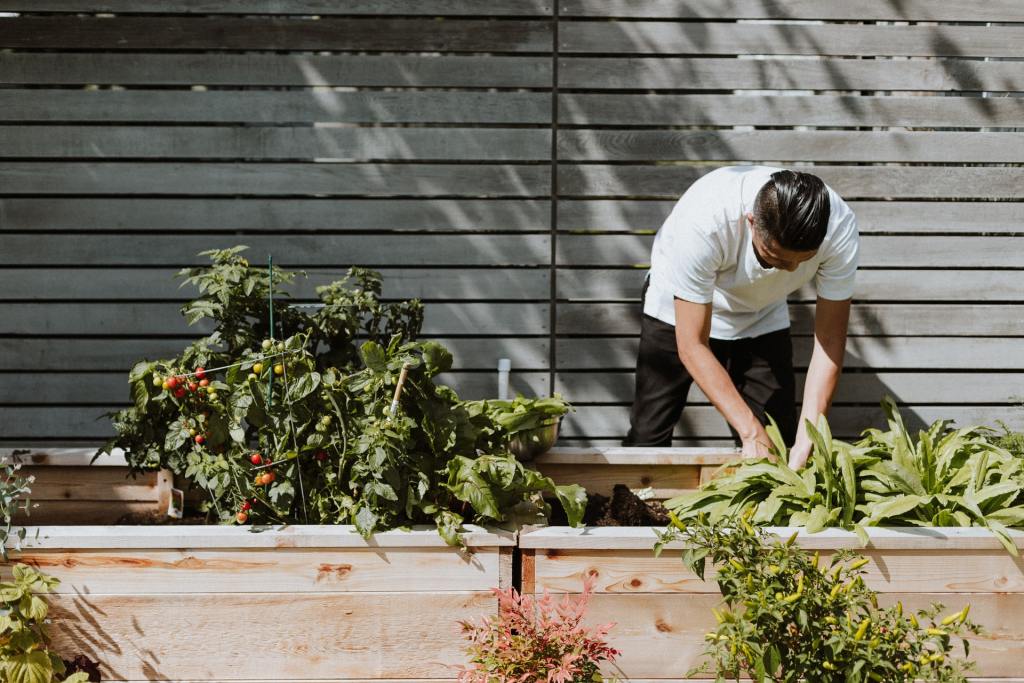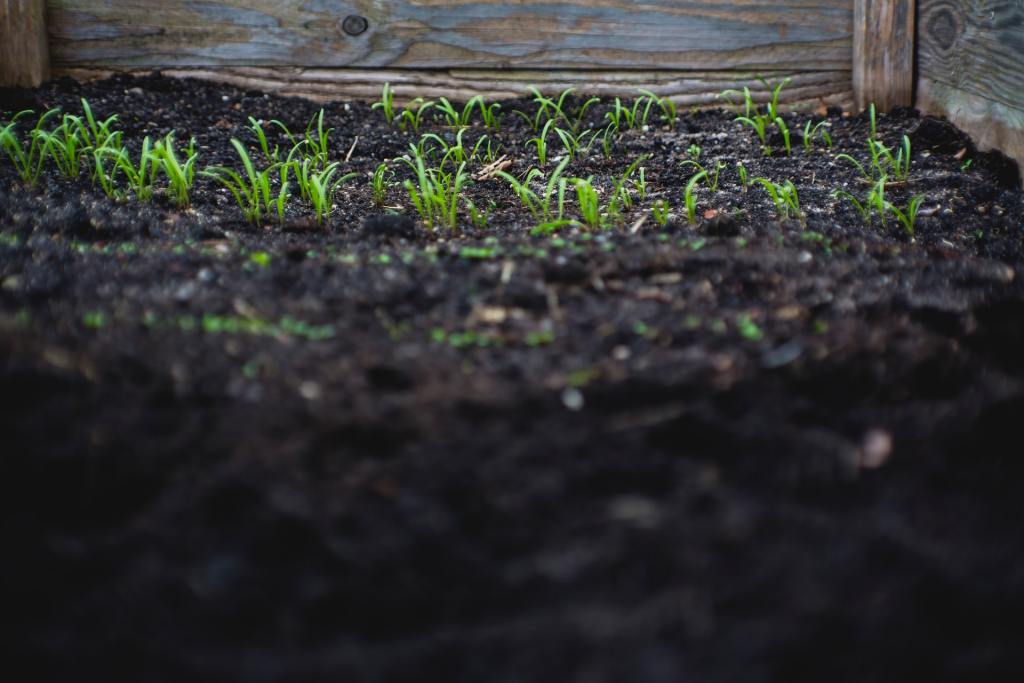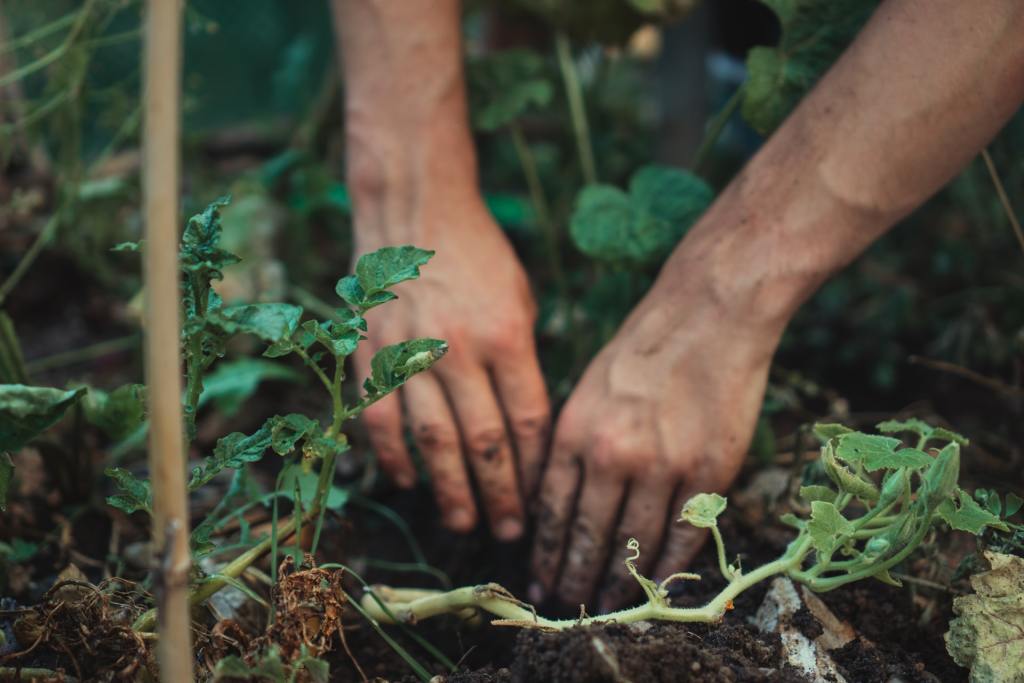It might sound like blood meal and bonemeal are ingredients a witch would use to make a potion for someone they don’t like, but they’re actually fantastic tools for gardeners. If you’re looking for more assets you can use in the garden, read on to find out how the use of both blood meal and bonemeal might help you grow bigger, healthier, and more productive plants in an all-natural and organic way.

blood meal vs. bonemeal – the difference
Blood meal is dried and powdered animal blood and bonemeal is ground animal bones. Both are great options for adding nutrients back into the soil, and they’re both considered all-natural and organic. However, they obviously contain animal products, so if you’re not okay with that, these are options you’ll want to pass on. If you are okay with that, the good news is these are recycled products used from slaughterhouses. Not only are you introducing organic materials into your garden and avoiding potentially harmful chemicals, but you’re also helping reduce the amount of waste slaughterhouses create.
Besides what parts of the animal they’re made of, the most significant difference between blood meal and bonemeal are what nutrients they add back into the soil. As we gardeners know, the soil is the most crucial aspect of growing healthy and productive plants. So before you go adding bonemeal or blood meal to your soil, be sure to perform a soil test to see what it may or may not be missing.

When to use blood meal
Blood meal increases the soil’s nitrogen level. Nitrogen is essential to plant growth and is a vital aspect of the photosynthesis process that plants go through. Without enough nitrogen, your plants are likely to wither and die. However, too much nitrogen can be toxic to plants, which is why it’s important to always test your soil before adding any amendments.
If you’ve had your soil tested and it shows low amounts of nitrogen, you can use blood meal to help fix that. However, blood meal is a slow-releasing fertilizer and doesn’t help out a plant in dire need of nitrogen. It’s best to add this to a garden bed before winter to allow the nutrients to release slowly into the soil and be better prepared for the next season. If you add it to the top of your soil, it’s safer than other fertilizers since it won’t burn your plants.

When to use bonemeal
Bonemeal adds calcium and phosphorus back into the soil along with small amounts of magnesium, iron, and zinc, all of which are vital to a plant’s health. Calcium helps plants grow stronger. It provides structural support to the cell walls and will allow the plant to grow taller and resist winds. Phosphorus might be the most essential element in plant growth and is found in every living plant cell. It’s involved with energy transfer, photosynthesis, nutrition movement, the genetic characteristics from one generation to the next, and the transformation of sugars and starches. So if your soil test has come back showing low amounts of phosphorus, you’ll want to get your hands on a bag of bonemeal.
While blood meal is a slow-releasing fertilizer, bonemeal comes in two forms. First, there’s a granular bonemeal option that acts similar to blood meal in that it’s slow releasing and a great option if you’re adding it to the top of the soil and allowing it to slowly supply the plants with a steady amount of nutrients. However, if your plants are in desperate need of phosphorus or calcium, you can use the powdered form of bonemeal that can be dissolved in water and will quickly supply your plants with what they need.
While these organic fertilizers have somewhat scary names, they’re great ways to recycle material that would otherwise go to waste and all-natural solutions to nutrient deficiencies in your garden soil. Just be sure to use a soil test before adding anything to your soil to avoid adding too much of something. Next time your plants need a bit of a boost, think about trying out blood meal or bonemeal.


